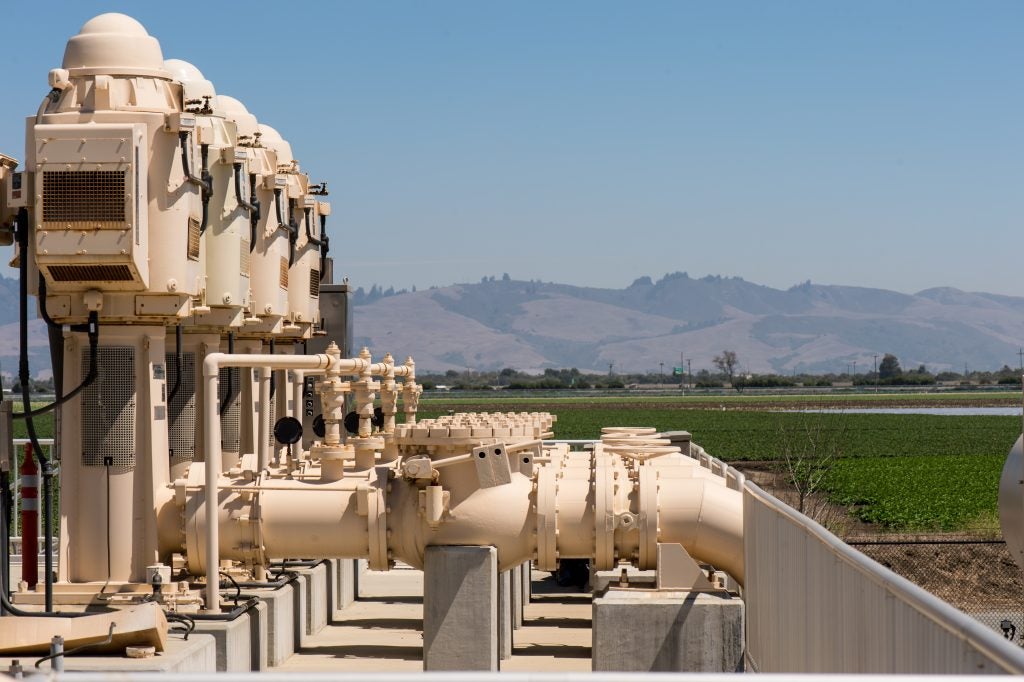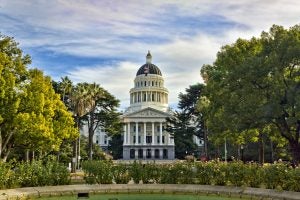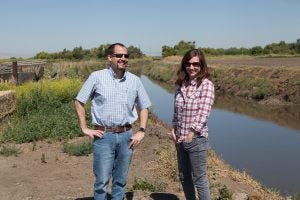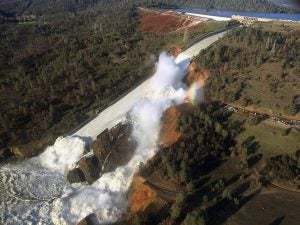Despite the much-needed April showers we saw this week, our normally wet January and February were bone dry in most of California. So it came as little surprise when the annual April 1 snowpack measurement in the Sierras came in low, at about 53% of average statewide. It’s another important reminder of how California’s weather, and consequently our water supplies, are swinging to greater extremes.
The low snowpack and extreme weather makes it more imperative than ever to carefully manage another part of our water system: underground water supplies.
We need to measure groundwater as actively as we measure snowpack and double down on efforts to successfully implement the Sustainable Groundwater Management Act (SGMA). Here are three ways to help ensure more sustainable groundwater supplies for generations to come. Read More
















